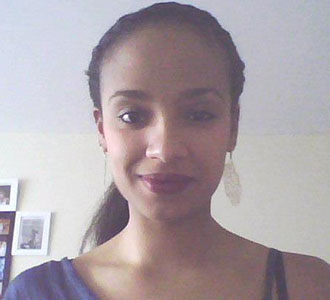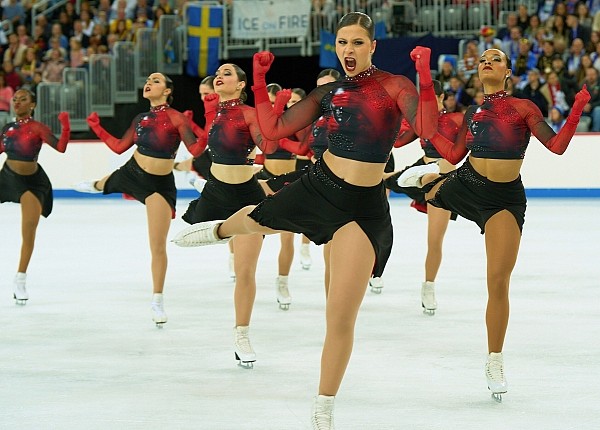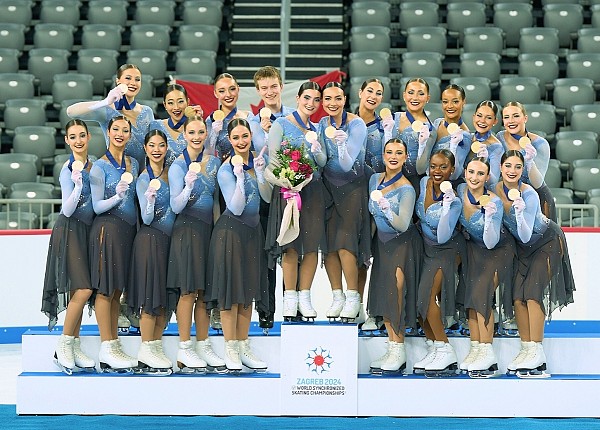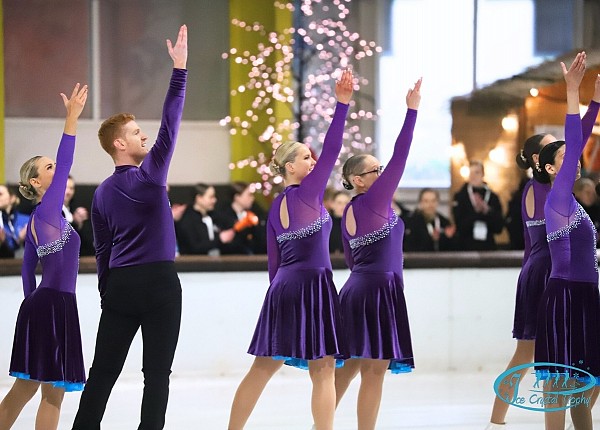Magazine
How to manage diversity on your synchro team?
Magazine
How to manage diversity on your synchro team?

Team Icicles - GBR. (Credits: Ville Vairinen - 2019)
In the last few months, we talked a lot about diversity in the world. One sure thing is that synchronized skating is diverse in all the senses.
As humans, we are all different and unique. We hear the music choices and see creativity getting better and better every season. This includes dresses and costumes, make-up, hair, etc… Synchronized skating is a rainbow!
As a coach, skater, and/or volunteer, we always want to be better and we might ask ourselves how to make sure everybody feels confident in the organization to perform at its best.
Following the conference call organized by OneTeamMVMT, we summarized the most important actions to have a diverse team. This applies to all skin tons, gender identity, sexual orientation, religion.
1. Continuous education for all of usAs a coach, skater, and/or volunteer, we always want to be better and we might ask ourselves how to make sure everybody feels confident in the organization to perform at its best.
Following the conference call organized by OneTeamMVMT, we summarized the most important actions to have a diverse team. This applies to all skin tons, gender identity, sexual orientation, religion.
Continuous education is key. Coaches, Officials, Parents, Skaters, Volunteers are all in charge of making sure everybody feels good at skating.
To start, here are some definitions:
BIPOC: Black, Indigenous and People of Color.
BIAS: prejudice means a strong inclination of the mind or a preconceived opinion about something or someone.
Examples:
• All skaters must be the exactly same (dresses, tights).
• Make jokes about the skin color, religion, hair texture, the way it looks.
• Label someone the angry black skater for standing up to a coach on their behalf.
• Tell a skater that he/she is pretty/talented for a skater of color.
• Feel the skin color make mistakes more obvious than peer’s mistakes.
MICROAGRESSIONS: Little things that we can do/say that are racists without thinking it is racist.
Examples :
• Touching hair / Asking to touch hair.
• Singing music with the N-word.
• Asking if the other skater in the other team is family-related because they look the same.
We can learn about the implicit biases we have, the racial injustices we did not know were present, how these things are portrayed in the media. We can analyze TV/media/film, friends and families for their actions and words to make sure that we can continue to be anti-racist.
We must keep the conversation going as minorities cannot turn off a switch and decide they want to be done facing injustices and racism. Their reality is not just only at skating, it is on a day-to-day basis.
Note when they are at the rink, some will feel alone in their own team. Others might feel the responsibility to keep skating so young skaters that look like they feel like they belong. They might always try to be better, to be exemplary, to show they are as good as others. During competitions, they might think about how skating makes up will look on the skin, and on the ice, they can connect easily with other skaters of minorities in different teams as they feel they share the same experience and are reassured to not be alone in the end.
To start, here are some definitions:
BIPOC: Black, Indigenous and People of Color.
BIAS: prejudice means a strong inclination of the mind or a preconceived opinion about something or someone.
Examples:
• All skaters must be the exactly same (dresses, tights).
• Make jokes about the skin color, religion, hair texture, the way it looks.
• Label someone the angry black skater for standing up to a coach on their behalf.
• Tell a skater that he/she is pretty/talented for a skater of color.
• Feel the skin color make mistakes more obvious than peer’s mistakes.
MICROAGRESSIONS: Little things that we can do/say that are racists without thinking it is racist.
Examples :
• Touching hair / Asking to touch hair.
• Singing music with the N-word.
• Asking if the other skater in the other team is family-related because they look the same.
We can learn about the implicit biases we have, the racial injustices we did not know were present, how these things are portrayed in the media. We can analyze TV/media/film, friends and families for their actions and words to make sure that we can continue to be anti-racist.
We must keep the conversation going as minorities cannot turn off a switch and decide they want to be done facing injustices and racism. Their reality is not just only at skating, it is on a day-to-day basis.
Note when they are at the rink, some will feel alone in their own team. Others might feel the responsibility to keep skating so young skaters that look like they feel like they belong. They might always try to be better, to be exemplary, to show they are as good as others. During competitions, they might think about how skating makes up will look on the skin, and on the ice, they can connect easily with other skaters of minorities in different teams as they feel they share the same experience and are reassured to not be alone in the end.
2. How to build a diverse team (for coaches)
As coaches, it is important to think about few things:
• Notice the colour/religion/gender of all your skaters.
• Talk to your skaters: ask how they feel comfortable with/ what they want.
• When talking to a team including male(s), do not forget to call them ‘ladies and gentleman/men’ or ‘team’. Words used are making a difference and everybody feel included.
• With different religions, be aware some skaters might have food restrictions during practices and/or competitions.
• With transgender/intersex skaters, be aware any transition looks different for every person. Possible steps in a gender transition may or may not include changing clothing, appearance, name, or the pronoun people use to refer to them. Some will undergo hormone therapy or other medical procedures.
• Highlight skaters of minorities on platforms. It should not just be a one time thing. It is important to elevate skaters of minorities so that younger skaters can look at them and be inspired.
In the end, it is key to not talk/make decisions or try to express how your skaters/teammates are feeling. Nobody should make assumptions about their opinions.
These conversations cannot exclude people of different minorities because they are about themselves.
Minorities are not required to educate people. However, they still might want to be involved in the conversations being had and the handling of the situation. It is better to ask then to not ask at all.
• Notice the colour/religion/gender of all your skaters.
• Talk to your skaters: ask how they feel comfortable with/ what they want.
• When talking to a team including male(s), do not forget to call them ‘ladies and gentleman/men’ or ‘team’. Words used are making a difference and everybody feel included.
• With different religions, be aware some skaters might have food restrictions during practices and/or competitions.
• With transgender/intersex skaters, be aware any transition looks different for every person. Possible steps in a gender transition may or may not include changing clothing, appearance, name, or the pronoun people use to refer to them. Some will undergo hormone therapy or other medical procedures.
• Highlight skaters of minorities on platforms. It should not just be a one time thing. It is important to elevate skaters of minorities so that younger skaters can look at them and be inspired.
In the end, it is key to not talk/make decisions or try to express how your skaters/teammates are feeling. Nobody should make assumptions about their opinions.
These conversations cannot exclude people of different minorities because they are about themselves.
Minorities are not required to educate people. However, they still might want to be involved in the conversations being had and the handling of the situation. It is better to ask then to not ask at all.
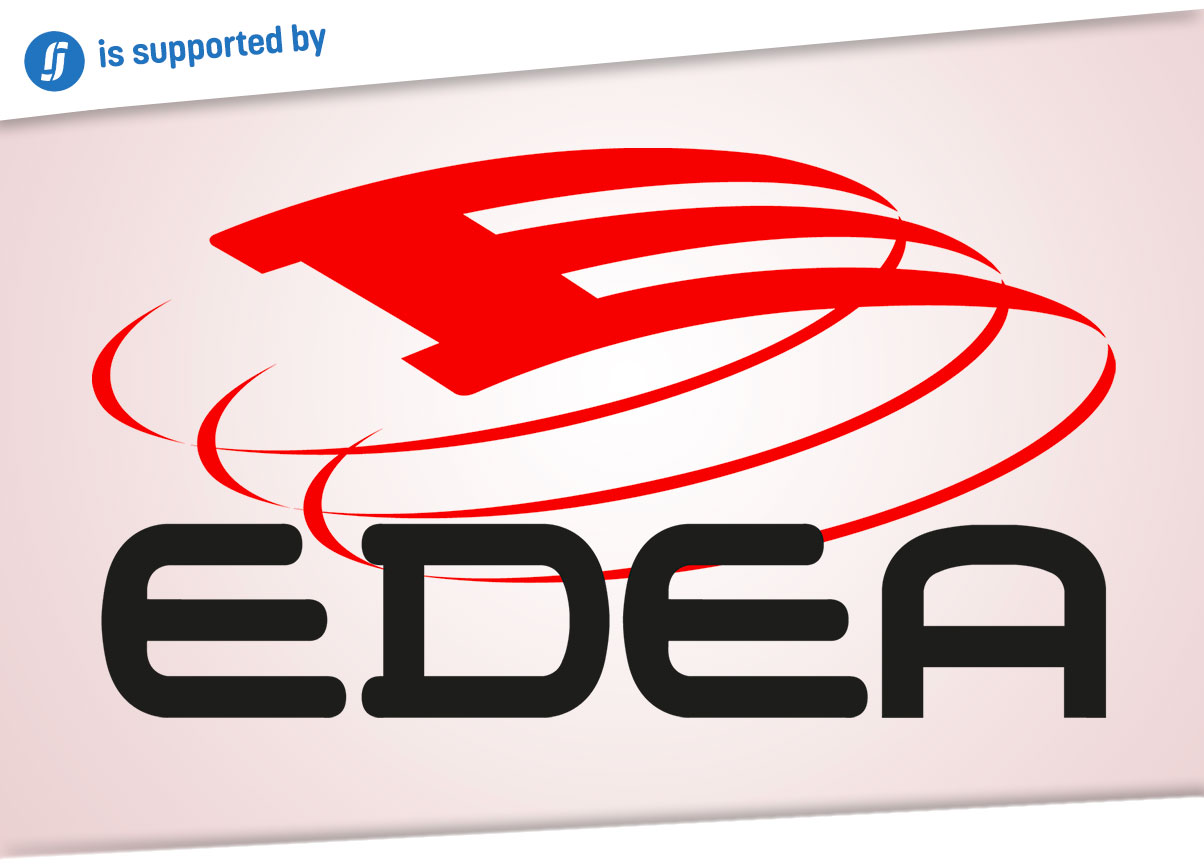
It is not about cultural appropriation. But when planning the season and think of the upcoming performances, make sure that costumes, music, choreography, and hair are not offensive.
If we want to celebrate certain cultures: we should be doing our researches to make the persons in those communities not feel uncomfortable watching.
If we want to celebrate certain cultures: we should be doing our researches to make the persons in those communities not feel uncomfortable watching.

Credits: Ville Vairinen - 2019
4. Dresses and tights
• Does the dress need to have a mesh?
• What about having a middle ton tights? Or colored tights?
• Ask skaters about their preferences on mesh/tights to see if they want to have it match their skin color. They may feel more comfortable while skating.
If dress companies or places where you buy tights do not offer different colors, ask why? And ask if they would be able to start offering more colors to help better suit the skaters on the teams.
• What about having a middle ton tights? Or colored tights?
• Ask skaters about their preferences on mesh/tights to see if they want to have it match their skin color. They may feel more comfortable while skating.
If dress companies or places where you buy tights do not offer different colors, ask why? And ask if they would be able to start offering more colors to help better suit the skaters on the teams.
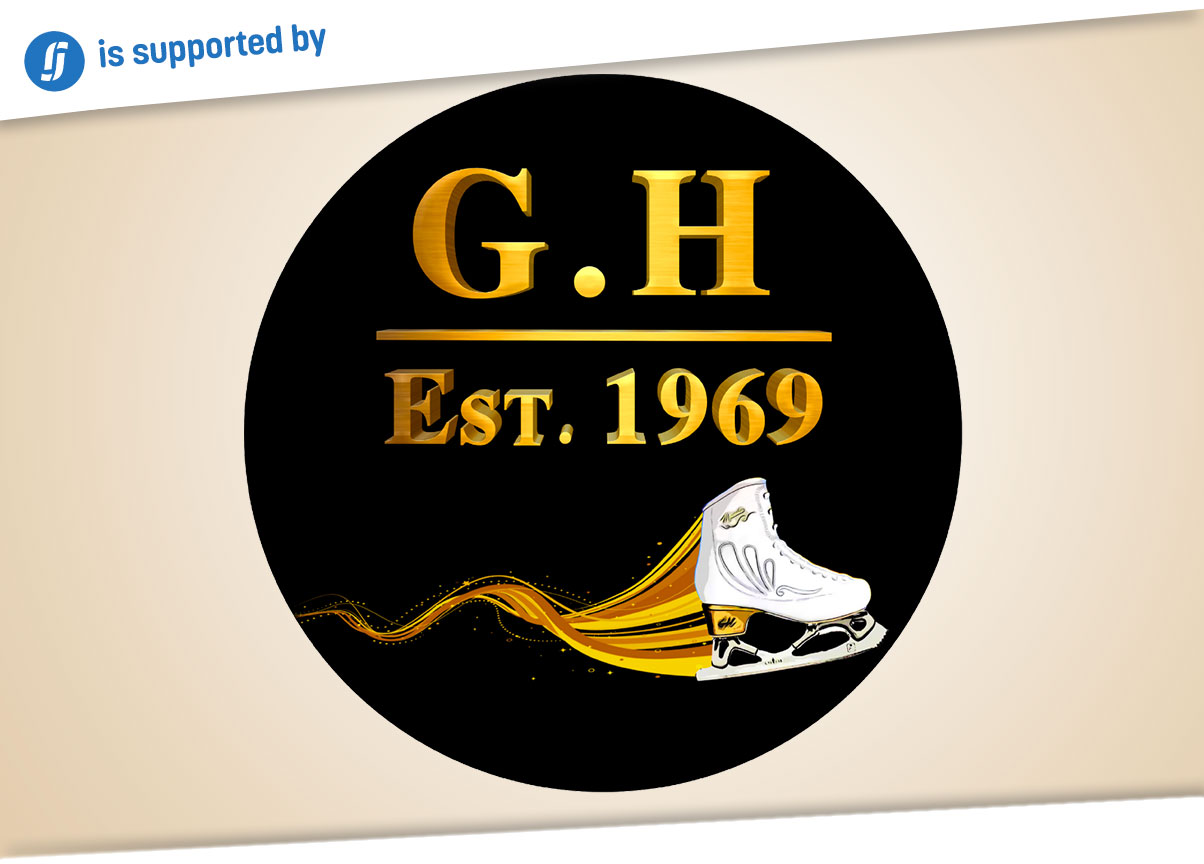
• Basic make-up will make skaters of color stand out on the white ice background.
• One make up shade will show up differently on different skin tons: Different shades might be required.
• Judges will not look at the hairdo and penalize the team for any difference.
TIPS: Sephora/MAC artists (and other makeup stores) are available to demonstrate how to adapt the makeup on different skin tons. As a result, it will show the same on all skaters. They can provide a step-by-step sheet to remember how to do it yourself. No need to buy their products!
6. Hair• One make up shade will show up differently on different skin tons: Different shades might be required.
• Judges will not look at the hairdo and penalize the team for any difference.
TIPS: Sephora/MAC artists (and other makeup stores) are available to demonstrate how to adapt the makeup on different skin tons. As a result, it will show the same on all skaters. They can provide a step-by-step sheet to remember how to do it yourself. No need to buy their products!
• Hair is part of the identity. Skaters cannot change it.
• Hair texture is too hard to keep going between natural texture and slicked hair: baby hairs, curls, frizzy.
• All skaters cannot easily wash hair at night and do a different hair-do the next day.
• Some skaters will go the hairdresser to be ready for competition ($$$) or it takes hours to do it.
• Gels for BIPOC hair texture are available.
On this subject, check out the live organized by OTM on Facebook on the theme of makeup and hair.
• Hair texture is too hard to keep going between natural texture and slicked hair: baby hairs, curls, frizzy.
• All skaters cannot easily wash hair at night and do a different hair-do the next day.
• Some skaters will go the hairdresser to be ready for competition ($$$) or it takes hours to do it.
• Gels for BIPOC hair texture are available.
On this subject, check out the live organized by OTM on Facebook on the theme of makeup and hair.

Credits: Sebastien Muller - 2020
Conclusion
Let’s remind ourselves, the most important things in synchro is to skate the same. We cannot all look the same.
THINGS TO KEEP IN MIND:
• Treat everyone with the same dignity and respect as anyone else.
• Treat everyone equally the exact same you want to be treated.
• Make decisions with everyone in mind so each skater can feel their 100% best when they take the ice.
• Point out good things continuously
• Build trust and confidence.
• Keep the conversation going.
THINGS TO KEEP IN MIND:
• Treat everyone with the same dignity and respect as anyone else.
• Treat everyone equally the exact same you want to be treated.
• Make decisions with everyone in mind so each skater can feel their 100% best when they take the ice.
• Point out good things continuously
• Build trust and confidence.
• Keep the conversation going.
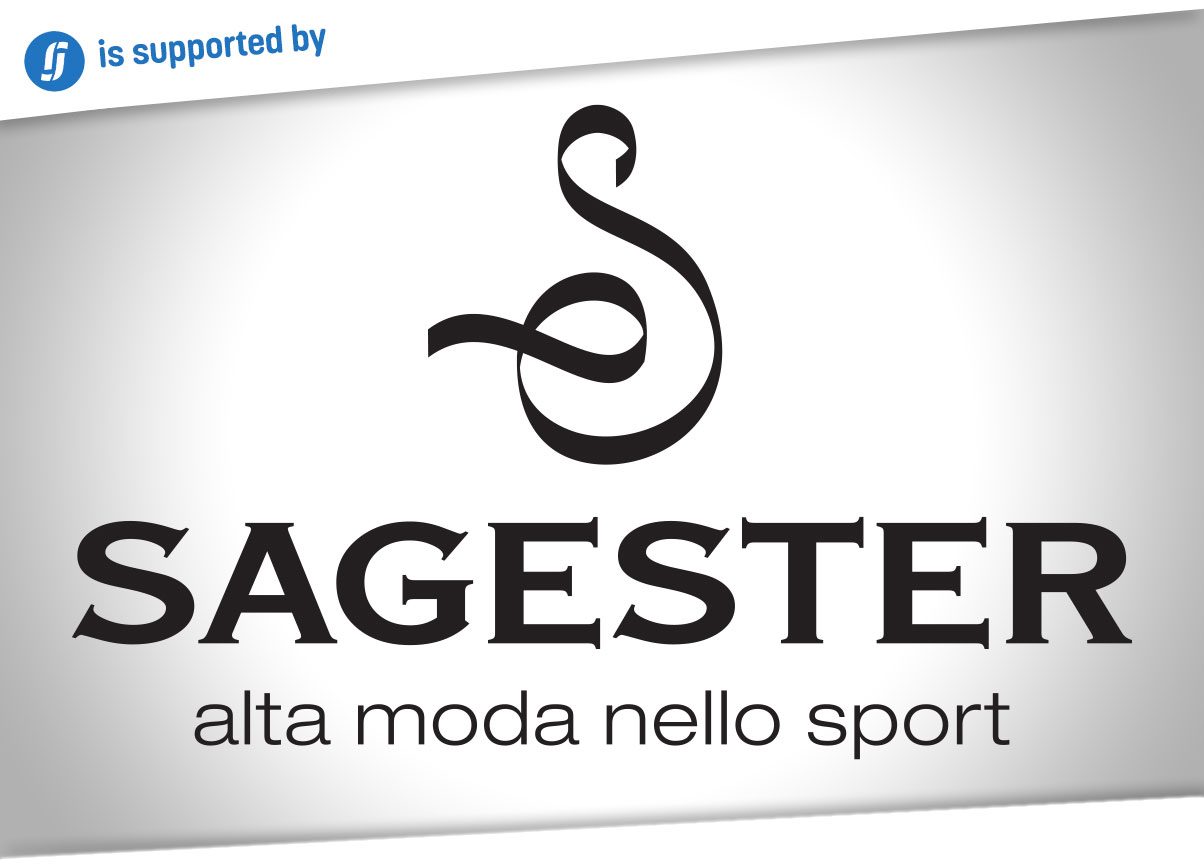
To hear some perspectives of athletes in the sport, watch the video conversation recorded by OneTeamMVMT.
Don't miss also the "Take Over" made by OneTeamMVMT this Wednesday. Go to follow the stories on OTM's Instagram account.
Don't miss also the "Take Over" made by OneTeamMVMT this Wednesday. Go to follow the stories on OTM's Instagram account.

